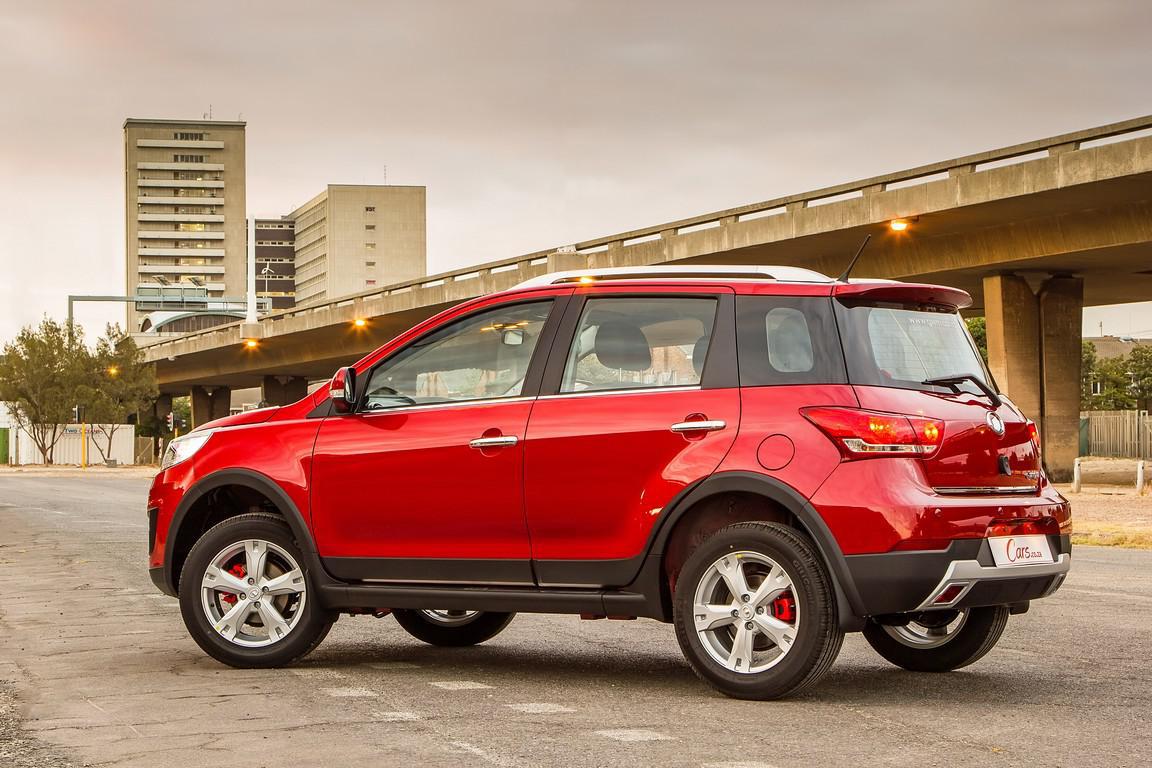How the Tesla Model three compares to the Model S and Chevy Bolt – The Brink

How the Tesla Model three compares to the Model S and Chevy Bolt
The Tesla Model three is ultimately (kind of) here. The very first thirty Model 3s to roll off the production line were passed over to Tesla employees with reservations at an event this past weekend, and the company now commences the uphill climb of packing the 500,000 other preorders. The introduction of the production version of the Model three also meant we ultimately learned exactly what this car will be capable of. So how does it stack up against the competition?
There are certainly more electrical vehicles, plug-in hybrids, and even hydrogen fuel cell cars available than there were when Tesla got began, but there are just four cars with more than two hundred miles of range: the Tesla Model Three, the Model S, the Model X, and the Chevy Bolt. Let’s leave the utterly pricey Model X out of the equation here and concentrate on the other three to get the best sense of how the Model three measures up.
Tesla Model three vs. Tesla Model S vs. Chevy Bolt
This chart tells a big part of the story here, but certainly not all of it. For one thing, Tesla’s not selling the $35,000 base model right away. The company claims that in order to quickly ramp up production, it needs to concentrate on the longer range (310-mile) battery very first. It’s also requiring people who want those very first deliveries to add on the premium trim package. So if you are one of the early Model three reservation holders and you want your car as soon as possible, you’re going to have to pay at least $49,000. And even when the base-level Model three becomes available, you’ll only be able to order it in black. Otherwise the price goes up at least $1,000 before you add on any other options.
Here’s how the Model three stacks up against similarly-priced luxury sedans
Of course, not everyone who’s considering buying a Model three is dead set on transitioning to an electrified car. Some people are looking at the Model three as a competitor to cars like BMW’s three Series, or the Volvo S90. Does the Model three hold up against any of those, even with all the options?
The Chevy Bolt has a higher base price than the Model Trio, and it’s also missing some desirable safety features like lane keep assist and collision avoidance, as well as the option for prompt charging. In order to get those more advanced safety features, you have to buy the “Premier” trim version of the Bolt, which brings the price up to $42,760. Adding the option for DC swift charging will bump the price to $43,510.
Of course, all of these prices can switch depending on whether you can get help from a federal or state tax credit. The US government has been partially subsidizing the cost of clean vehicles like EVs and plug-in hybrids in order to help grow the market, and they can take a significant chunk out of the price of these cars.
A $7,500 federal tax credit is available for each of these cars, but the state credit switches based on where you live. In California, for example, you could receive up to $Two,500 in addition to the federal tax credit, bringing something like the Model 3’s base price down to $25,000. The state credits scale depending on which tax bracket you’re in, tho’, and there are other factors that could switch the total amount. It’s worth investigating how your own state treats these clean vehicle rebates. (This post from Edmunds is a good place to begin, as is this interactive map from Plug-in America.)
There’s a fatter catch here, tho’: the total $7,500 federal tax credit only applies for the very first 200,000 eligible vehicles that a manufacturer sells. After that, the rebate decreases by fifty percent every six months until it’s retired. Tesla has sold over 100,000 vehicles and will likely hit the 200,000 mark sometime in early 2018. With such a vast backlog of preorders, it’s hard to say how much of the federal rebate will be available to fresh reservations, or whether it will be available at all by the time they accomplish their orders.
The Bolt might be in safer territory here. Chevrolet has much more manufacturing capacity than Tesla, but sales of the Bolt have been slow since the car became available at the very end of 2016. Chevy makes other rebate-eligible cars, like the Volt, which has sold fairly well and been around for longer. But its parent company GM isn’t expected to reach the 200,000-car mark until two thousand eighteen or two thousand nineteen at the earliest.
All this aside however, there are pluses and minuses to each of these three EVs. The Model S is the most capable, but the most expensive. The Model three is potentially the cheapest, but also the least available. The Bolt is a superb middle ground, and is available now, however it doesn’t come with the same kind of luxury touch that Tesla is known for. What’s certain is that the competition is only going to increase. We’re likely to see a handful of EVs with two hundred or more miles of range hit the market in the next year or so, with the two thousand eighteen Nissan Leaf leading the charge.